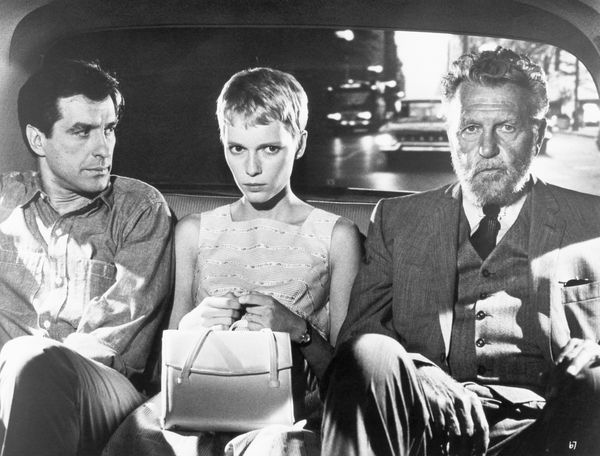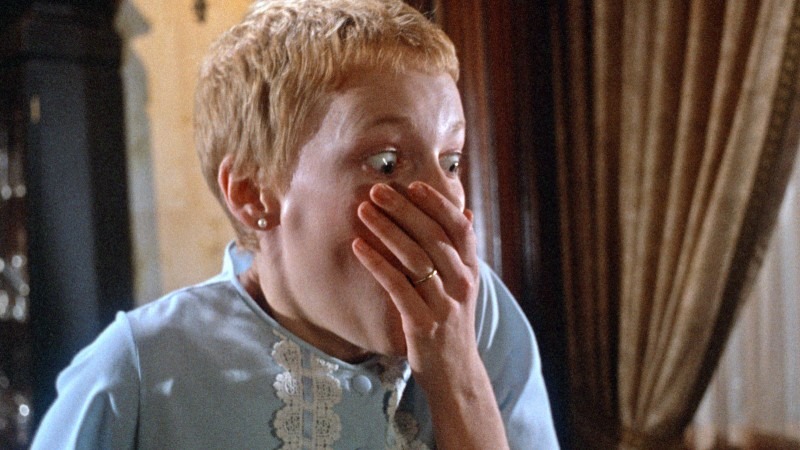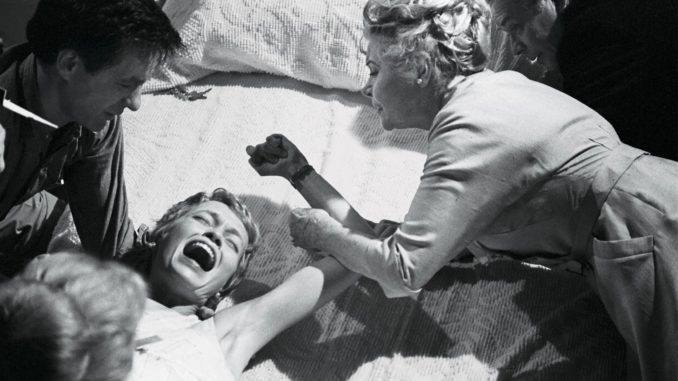Rosemary’s Baby, directed by Roman Polanski and released in 1968, is a seminal film in the horror genre that has left an indelible mark on cinematic history. Based on the novel by Ira Levin, the film is a chilling exploration of paranoia, control, and the occult, set against the backdrop of 1960s New York City.

The story follows Rosemary Woodhouse, played by Mia Farrow, a young woman who moves into an old, gothic apartment building with her husband, Guy, an ambitious actor portrayed by John Cassavetes. Soon after settling in, Rosemary begins to experience strange and unsettling occurrences, particularly after she becomes pregnant. As her pregnancy progresses, she grows increasingly isolated and suspicious of the people around her, including her husband and the eccentric, overly friendly elderly neighbors, the Castevets (Ruth Gordon and Sidney Blackmer).

Unbeknownst to Rosemary, her husband has made a pact with the Castevets, who are members of a satanic cult. They have promised Guy success in his acting career in exchange for using Rosemary as the vessel for the birth of the Antichrist. As Rosemary’s fears and anxieties intensify, she struggles to piece together the horrifying truth of her situation, all while those around her manipulate and gaslight her into doubting her own sanity.

Polanski’s masterful direction and the film’s unsettling atmosphere create a sense of creeping dread that permeates every scene. The performances, particularly Farrow’s portrayal of Rosemary, anchor the film’s psychological horror, as viewers are drawn into her increasing sense of vulnerability and terror. The film’s ambiguous ending, where Rosemary faces the ultimate choice between acceptance and defiance, leaves a lasting impact, blurring the lines between reality and nightmare.
Rosemary’s Baby is not just a horror film; it’s a commentary on the loss of autonomy, the exploitation of trust, and the fear of the unknown. Its influence can be seen in countless horror films that followed, making it a cornerstone of the genre and a classic that continues to resonate with audiences today.

